These 12 cities used to play the role of cultural, social and spiritual centers of mankind in the ancient world, but today, they are just remnants of a glorious time.
1. The ancient city of Petra, Jordan
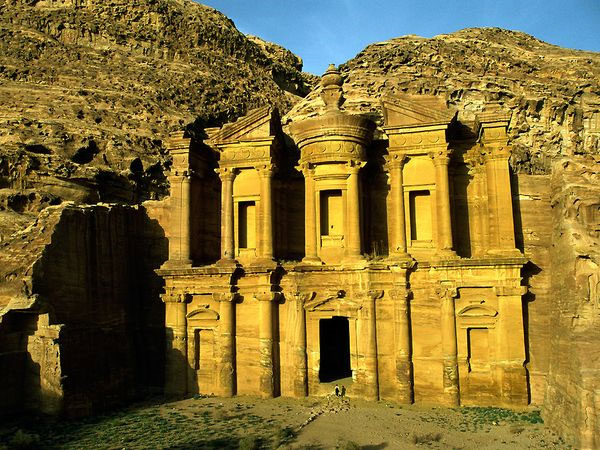
Petra is famous for its many statues carved on the cliffs. The structure in the photo is called El-Deir, it is towering and was used by later societies as a church or monastery, although many believe it was originally a temple.
Until now, it is not clear when the history of Petra began, estimated to be about 1550 to 1292 BC, during the 18th dynasty of Egypt.
2. Machu Picchu
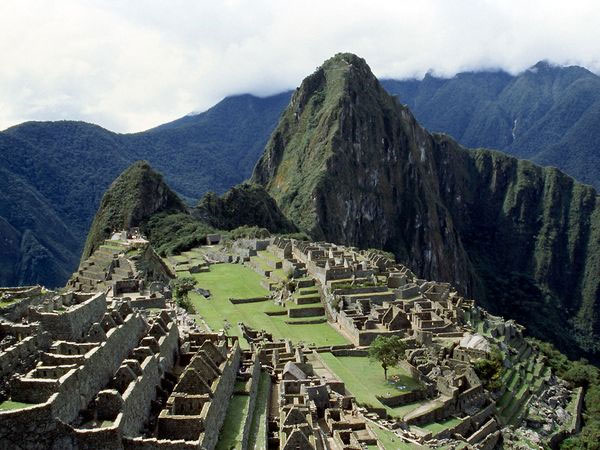
Machu Picchu is also known as “The Lost City of the Incas” . Although archaeological finds of Machu Picchu date back 100 years, historians still cannot fully understand this ancient Inca citadel. “Why was Machu Picchu built? What purpose does it serve? Why was it forgotten so quickly?” are questions that are still challenging the search of the scientific community.
3. Palenque, Mexico
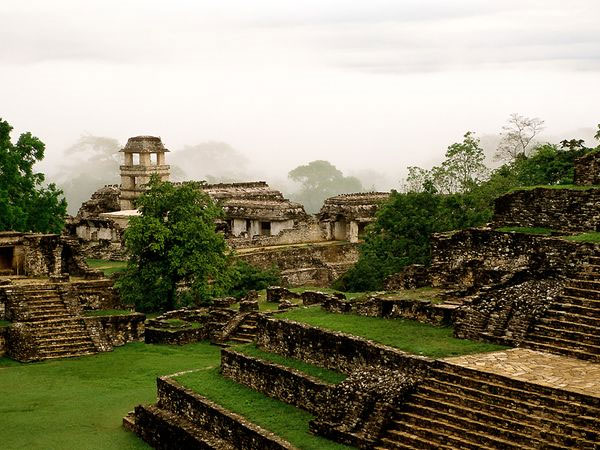
The early Mayans began inhabiting the rainforests of southwestern Mexico and Guatemala about 3,000 years ago. Over nearly 1,400 years, those settlements expanded into a large, vibrant city.
Most of the structures remaining today were built between the 6th and 10th centuries AD and flourished during the reign of King Pacal (615-683). Among them is the tomb Templo de las Inscripciones of King Pacal.
4. Ancient Troy
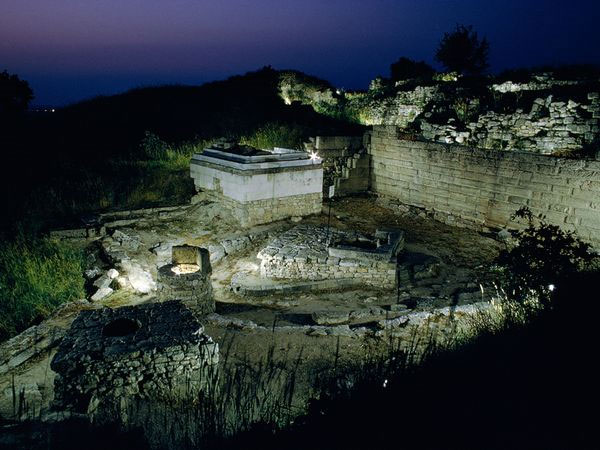
Excavations in northwestern Türkiye in 1871 proved that this mysterious city really existed.
In 1871, German explorer Heinrich Schliemann began excavations at the site of Hisarlik (pictured) in search of traces of the legendary city. From there, people found 9 ancient cities lying on top of each other, in the middle is a citadel located in the middle of a crowded town, surrounded by high protection and dating back about 5,000 years.
At the time, most archaeologists were skeptical that Troy was just one of the remnants of the ancient world, but such evidence suggests that the capital Troy actually existed and was located in the area. this area.
5. Mohenjo Daro, Pakistan
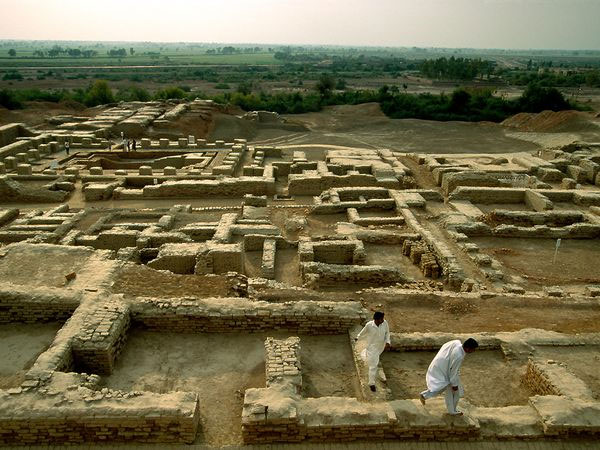
The Indus Valley civilization was completely unknown until 1921, an excavation revealed the existence of two great citadels Harappa and Mohenjo daro (pictured).
This mysterious culture appeared nearly 4,500 years ago and thrived for 1,000 years thanks to the fertile lands of the Indus River Delta region and trade and exchange with the nearby Mesopotamian civilization.
Mohenjo Daro is the largest city site in the Indus River civilization. At first, archaeologists assessed it as just an ordinary “graveyard” , but when they excavated on a large scale they were amazed by its beauty.
6. Palmyra, Syria
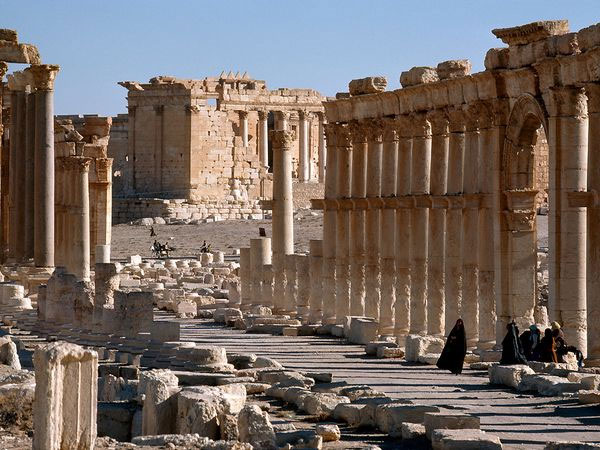
There is evidence that the ancient city of Palmyra, also known as Tadmor, dates back to the 19th century BC. Its importance was further confirmed around 300 BC, when trade caravans considered it a stopover between Mesopotamia and Persia. Palmyra’s strategic location and prosperity attracted the interest of the Romans, who took control of the city during the first century AD.
7. Tanis, Egypt
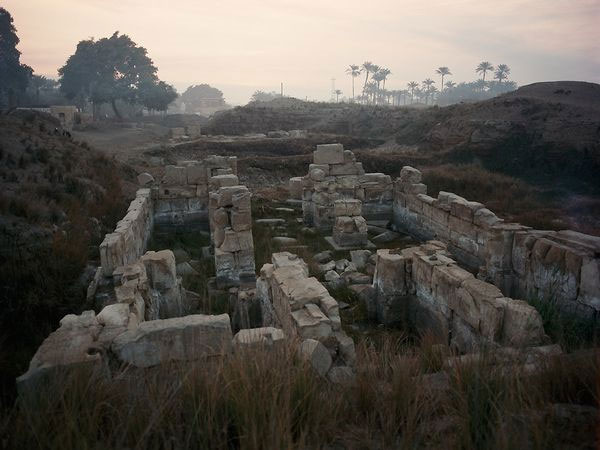
The city of Tanis is not as famous as other historical sites of Egypt, although it is one of the largest archaeological sites ever found. Once the capital of Egypt, the royal tombs at Tanis contain artifacts on par with the treasures of King Tutankhamun.
8. Great Enclosure, Zimbabwe
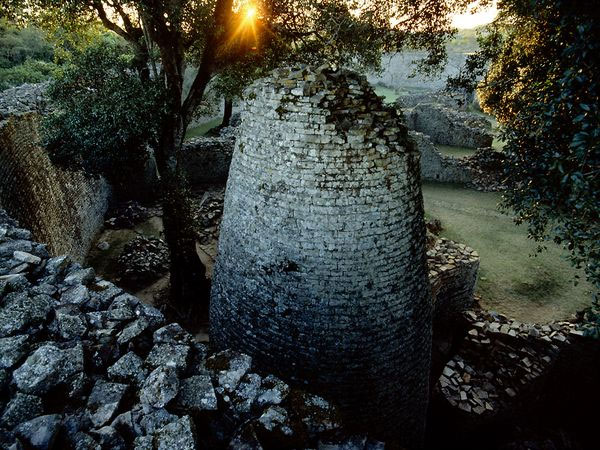
It is the most important archaeological site found in sub-Saharan Africa. Although historians are still searching for answers about the origin and purpose of the city, there is evidence that Shona, the ancestor of the modern Bantu, began building it around 1250 AD. resources and use it to serve spiritual needs.
9. Nimrud, Iraq
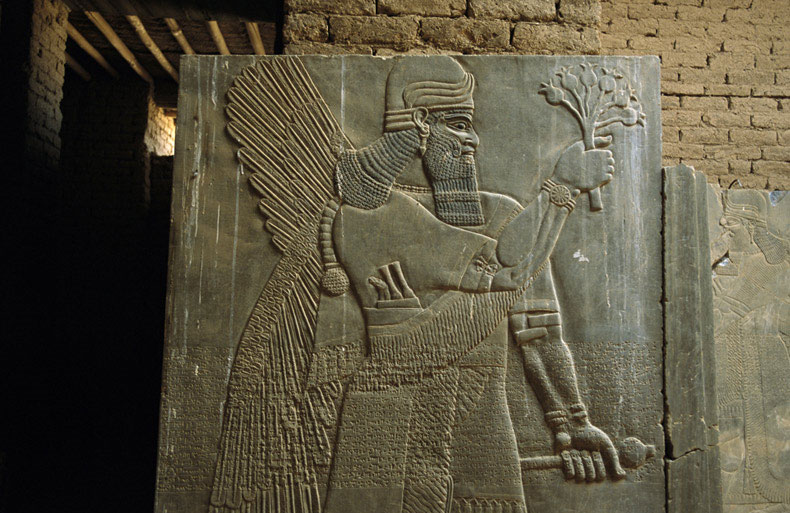
Nimrud is in northern Iraq, once the capital of the Assyrian empire. The Assyrians appeared around the 14th century BC and dominated the Middle East for 1,000 years. They are bloodthirsty and violent people.
Nimrud and the Assyrian Empire fell apart rapidly around 612 BC, after Nineveh – Nimrud’s sister city – was occupied by the Babylonians.
10. Persepolis, Iran
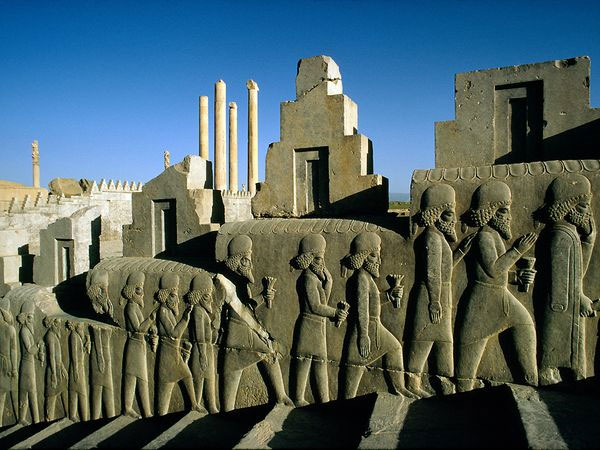
The ancient city of Persepolis in present-day Iran was one of the four capitals of the mighty Persian Empire. Started construction around 520 BC, the city is a symbol of the empire’s incredible wealth, with its many grand architectures, lavish works of gold and silver, or works of art. scale and fine sculptures.
The Persian Empire lasted from about 550 BC until 330 BC, when Alexander the Great overthrew the Archaemenid dynasty and burned Persepolis.
11. Stonehenge, England
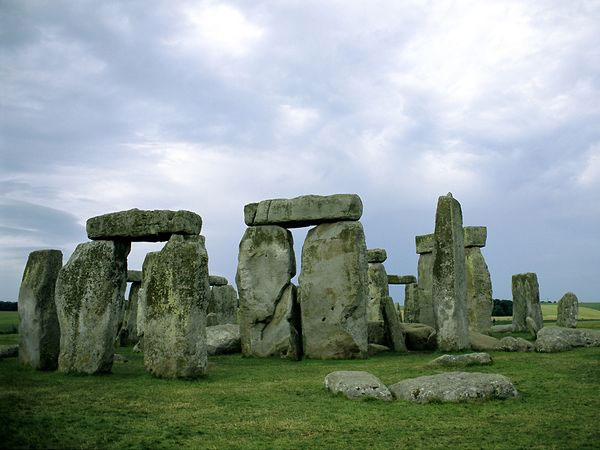
Through centuries of research, archaeologists have discovered many facts about the famous Stonehenge megalithic monument that dates back to the Neolithic and Bronze Ages in southern England. However, basic questions such as who built this mysterious structure and its purpose remain unanswered.
12. Mesa Verde, Colorado
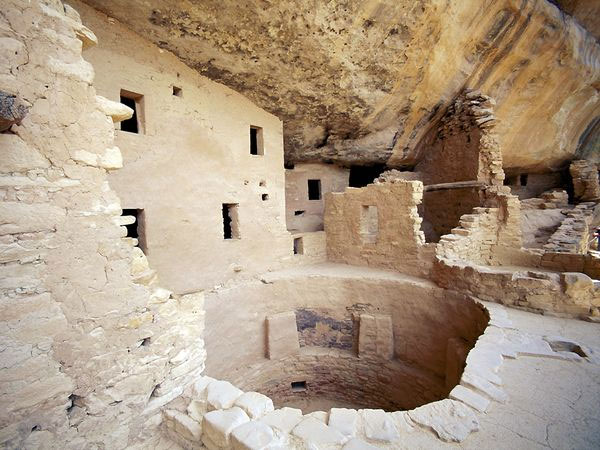
More than 600 cliff dwellings built by Pueblo (aka Anasazi) ancestors are scattered throughout Mesa Verde National Park in Colorado.
The Anasazi arrived in the area in AD 550, building houses and farming in the soaring mountains. Even so, around 1150, they began to move houses into the canyons. Most of the houses are quite small, but there are a few that are relatively large, accommodating up to 250 people.
